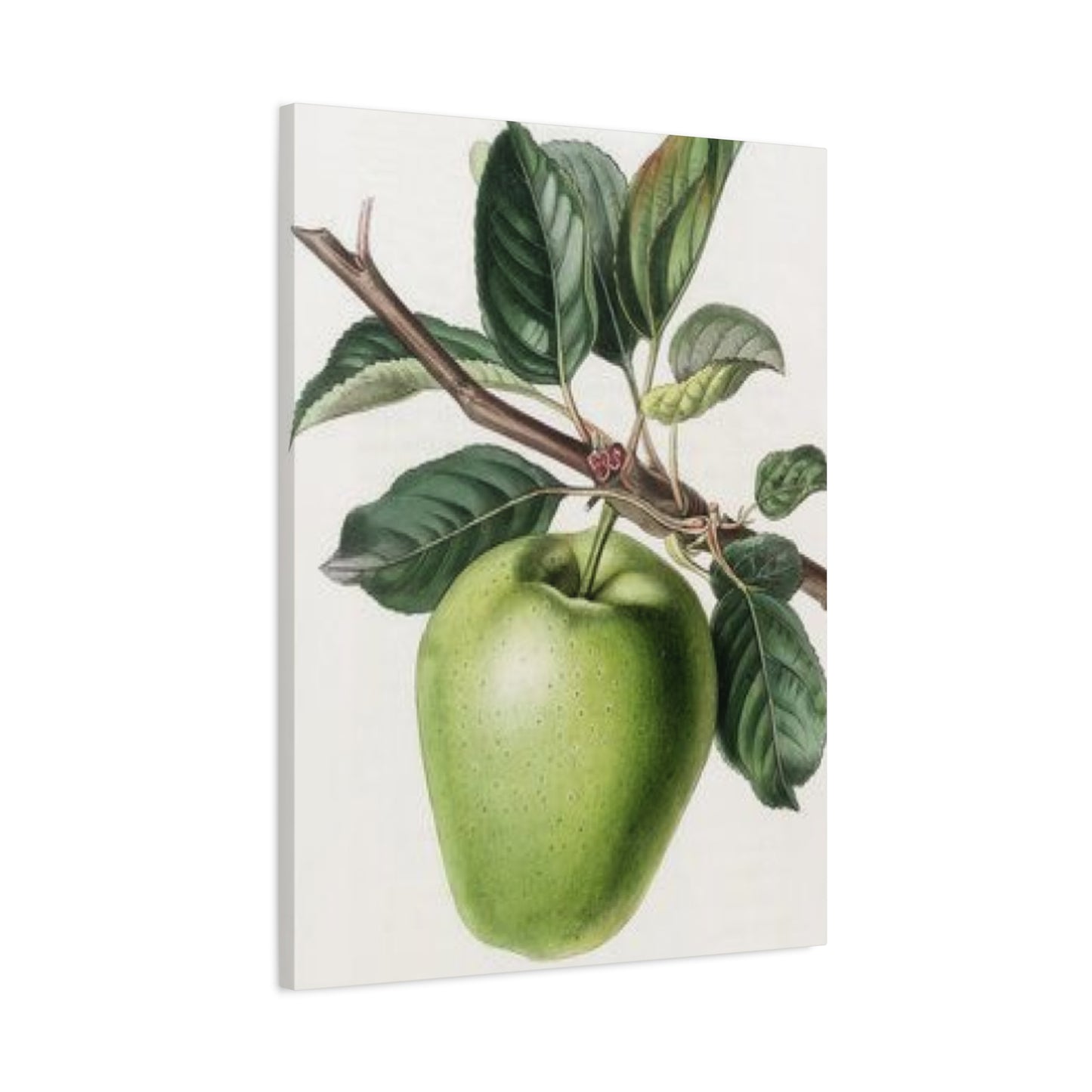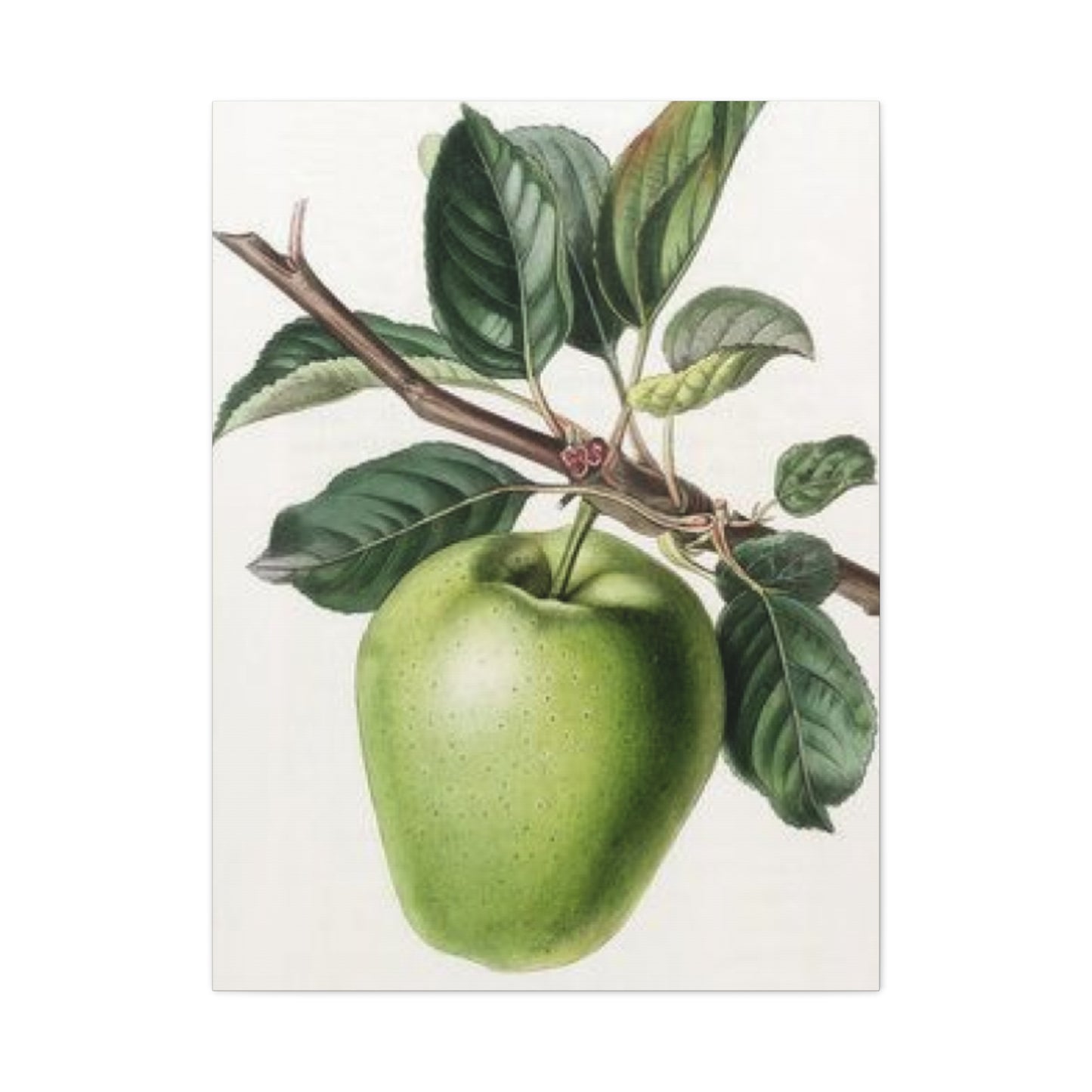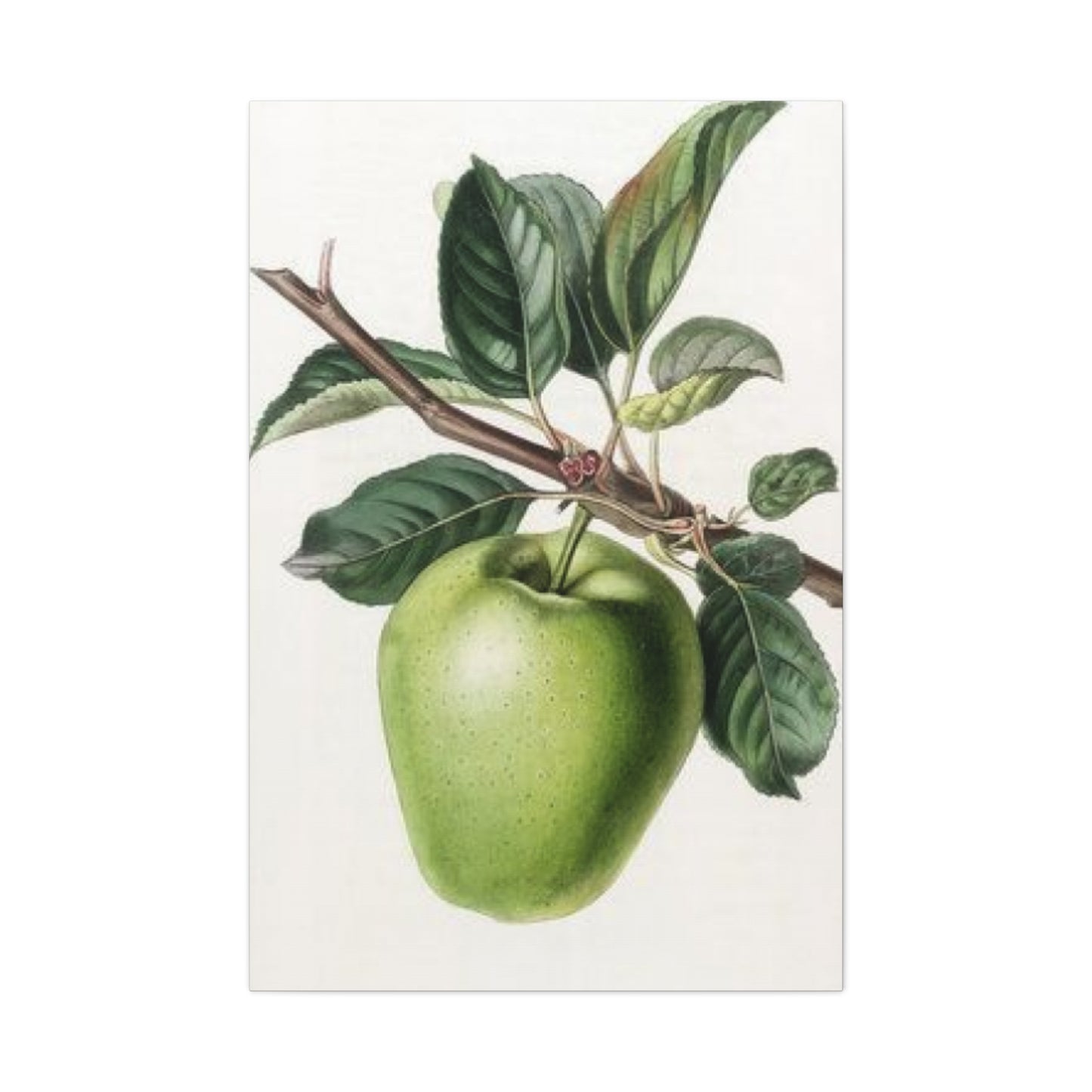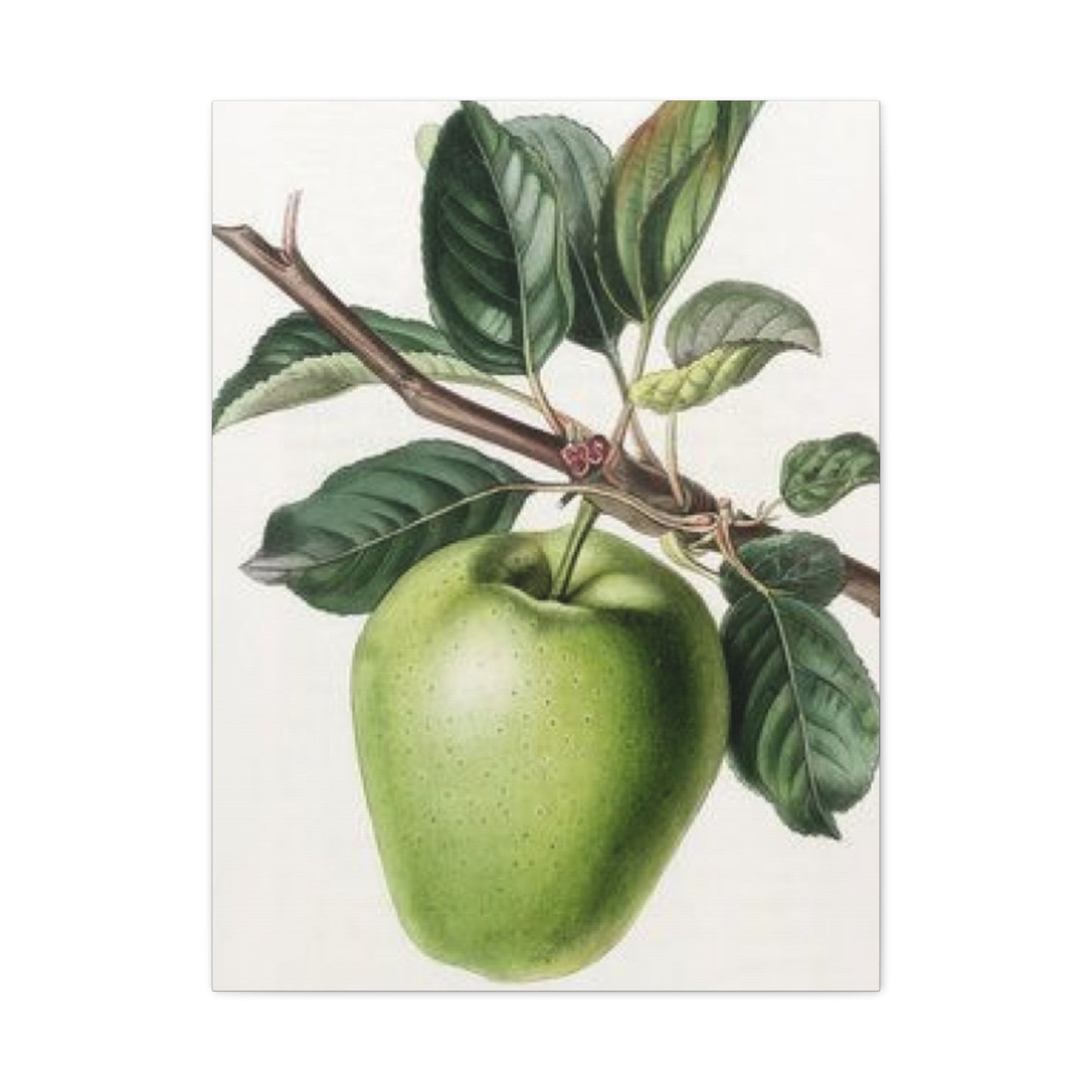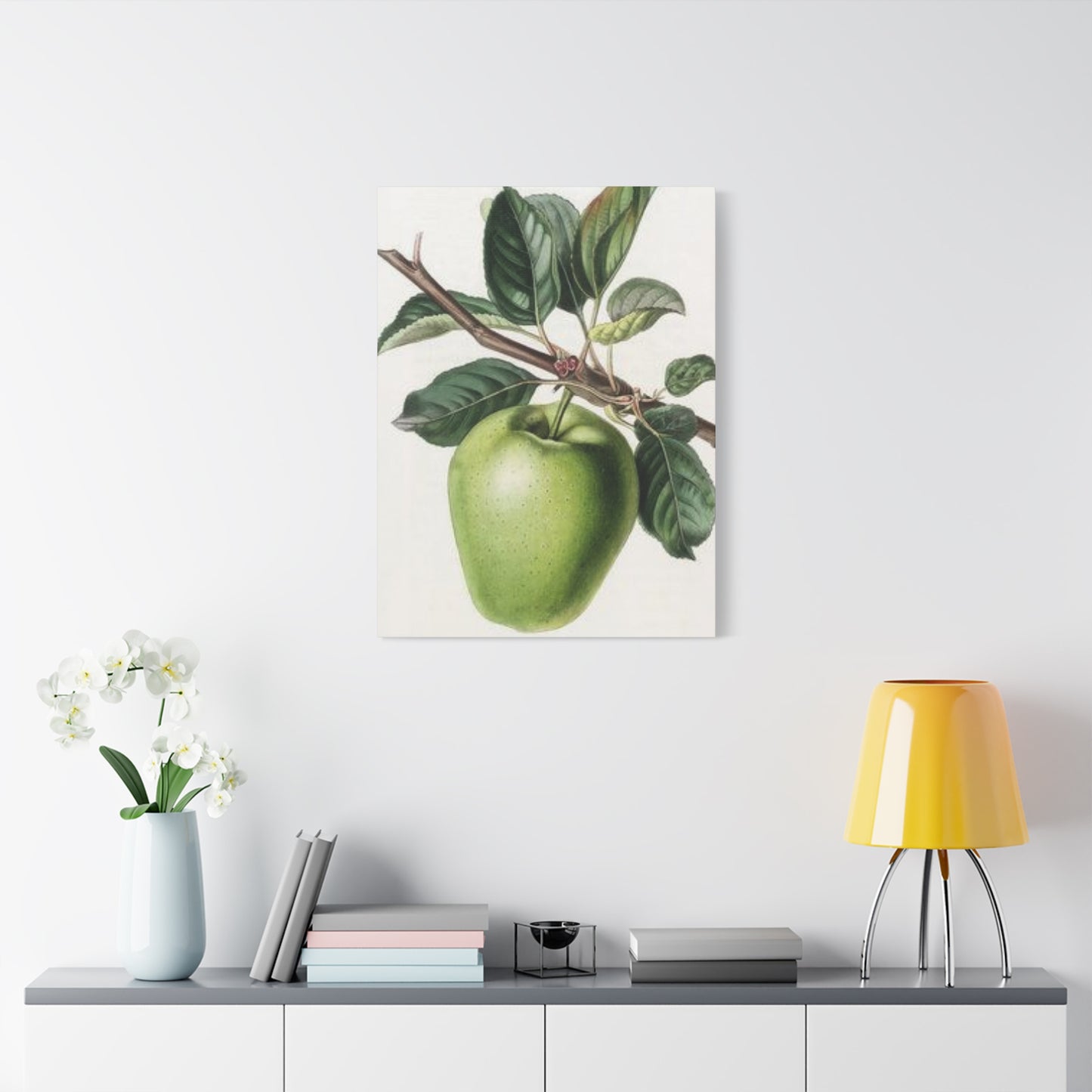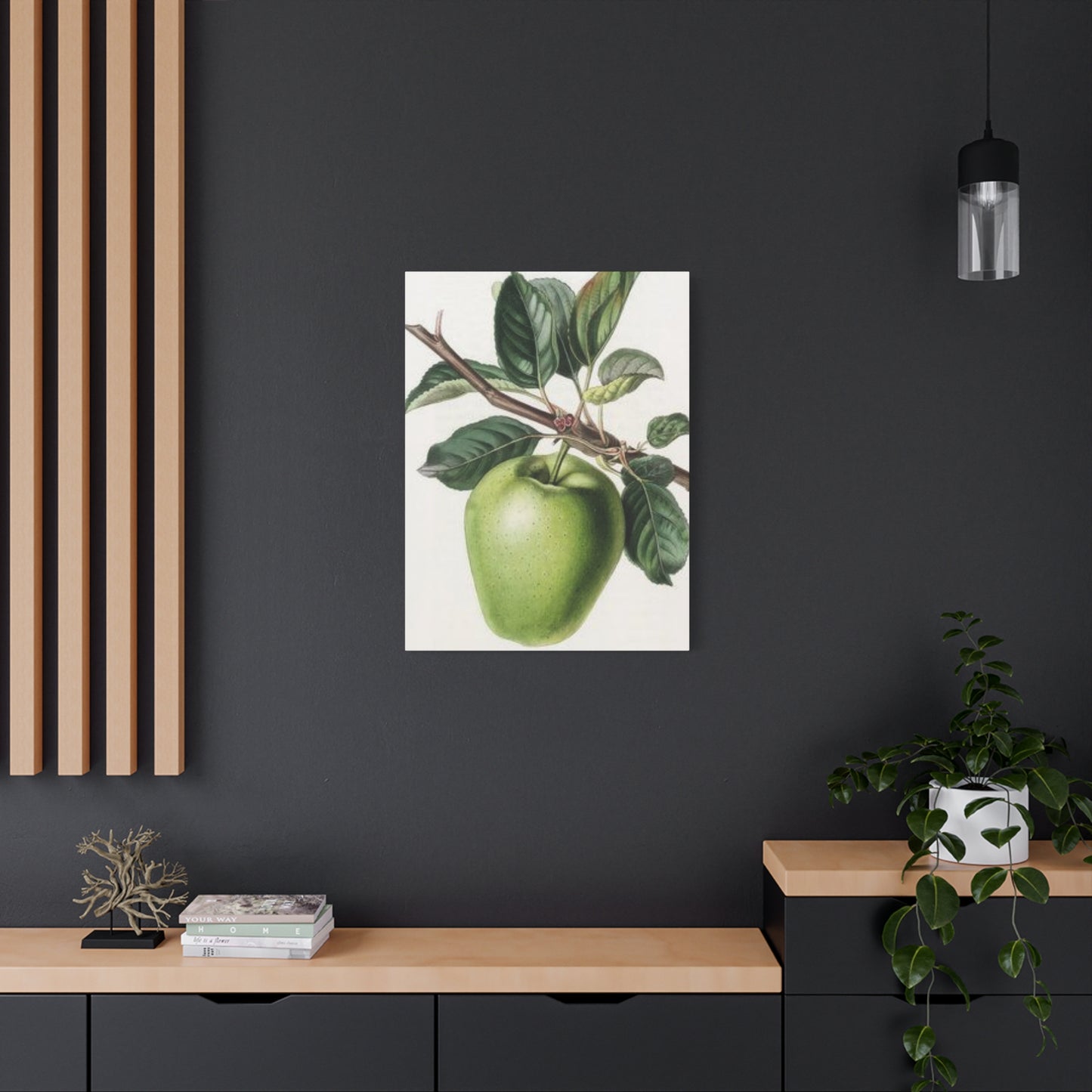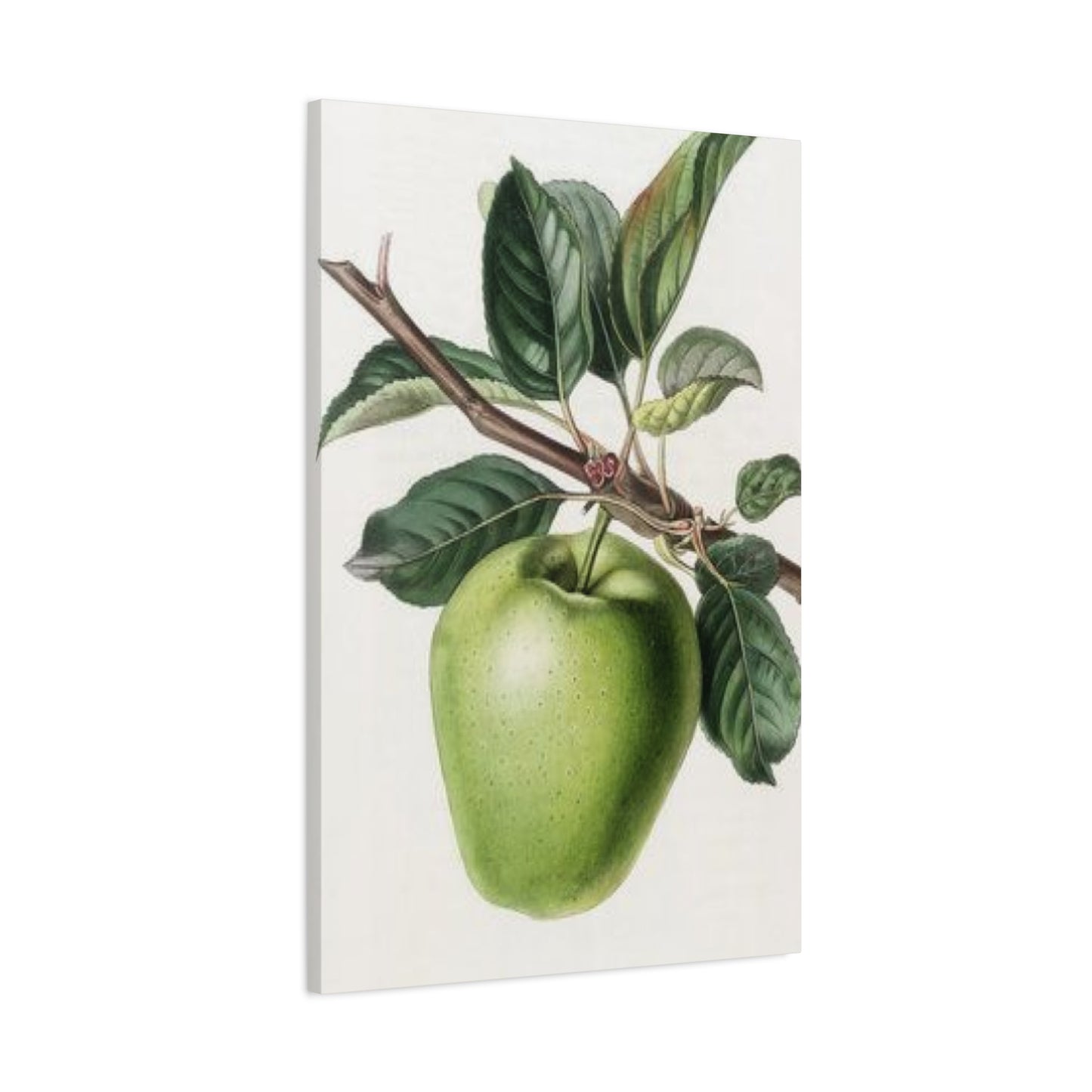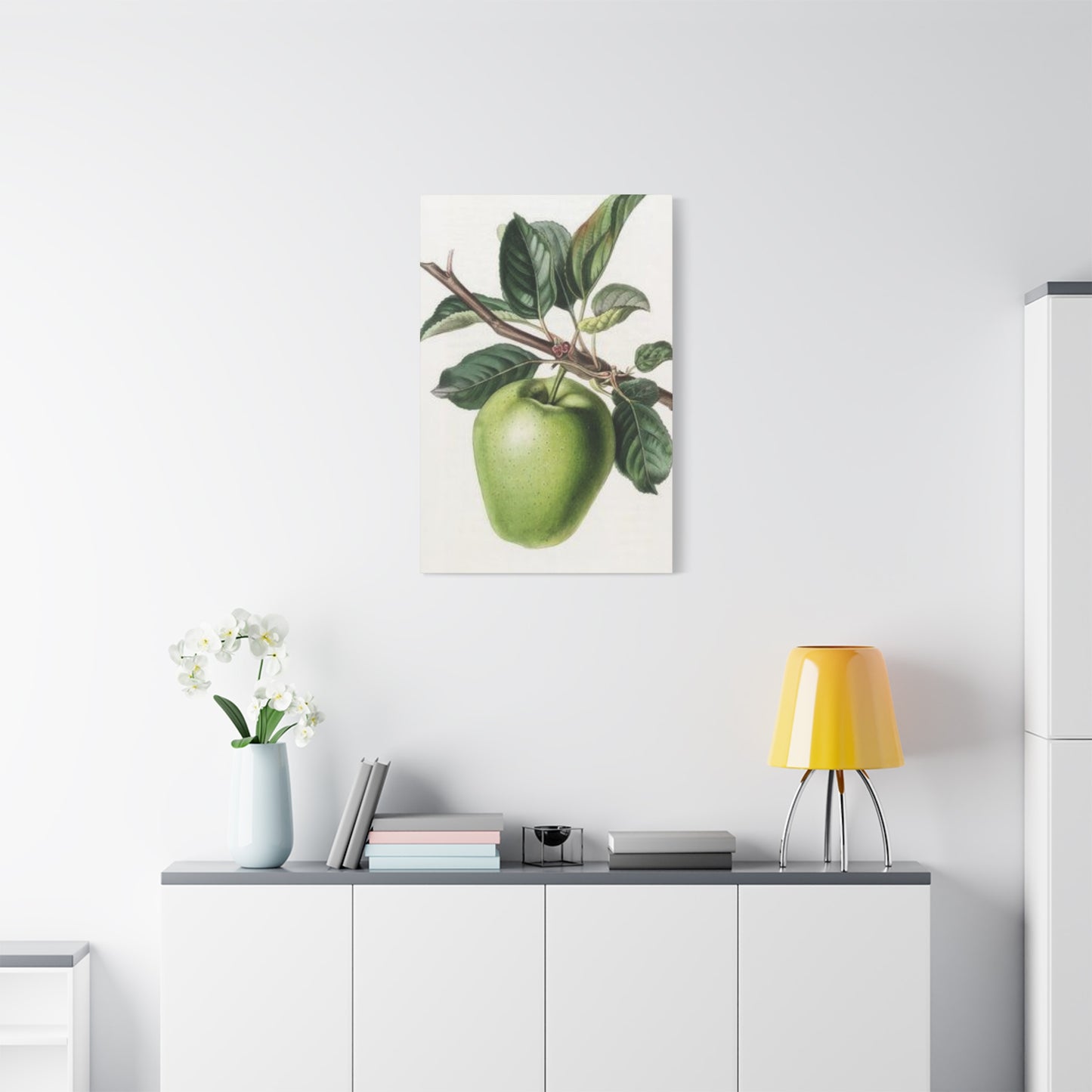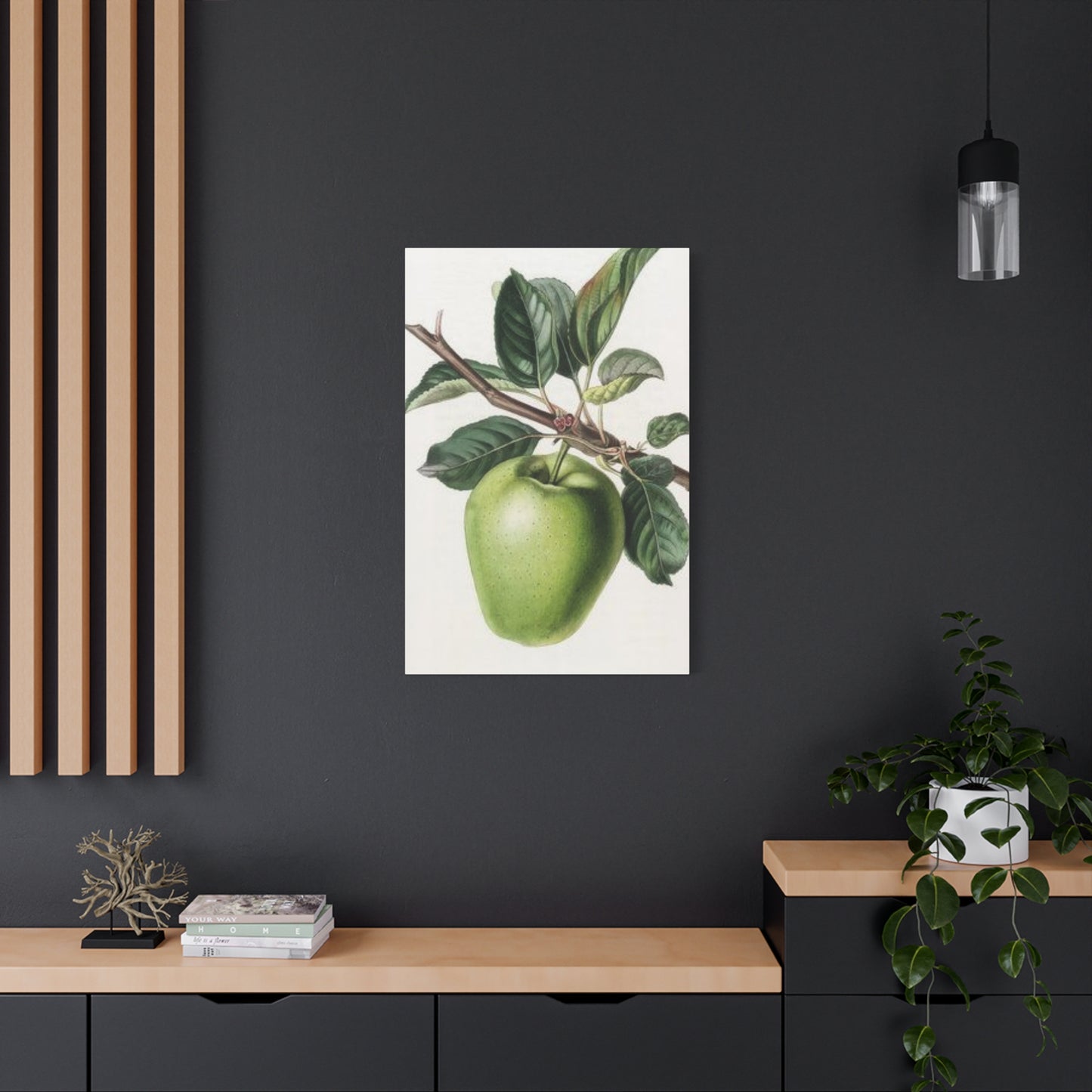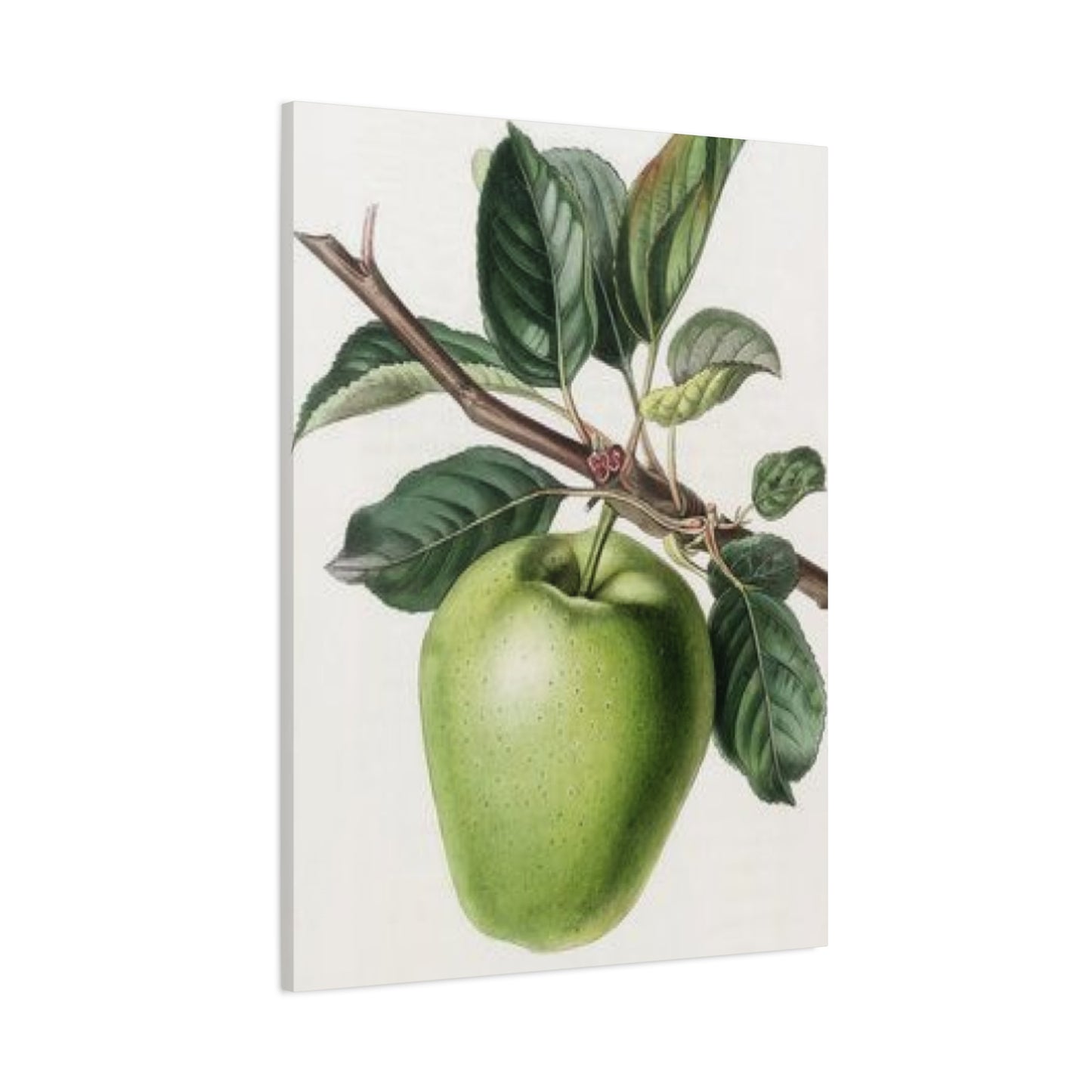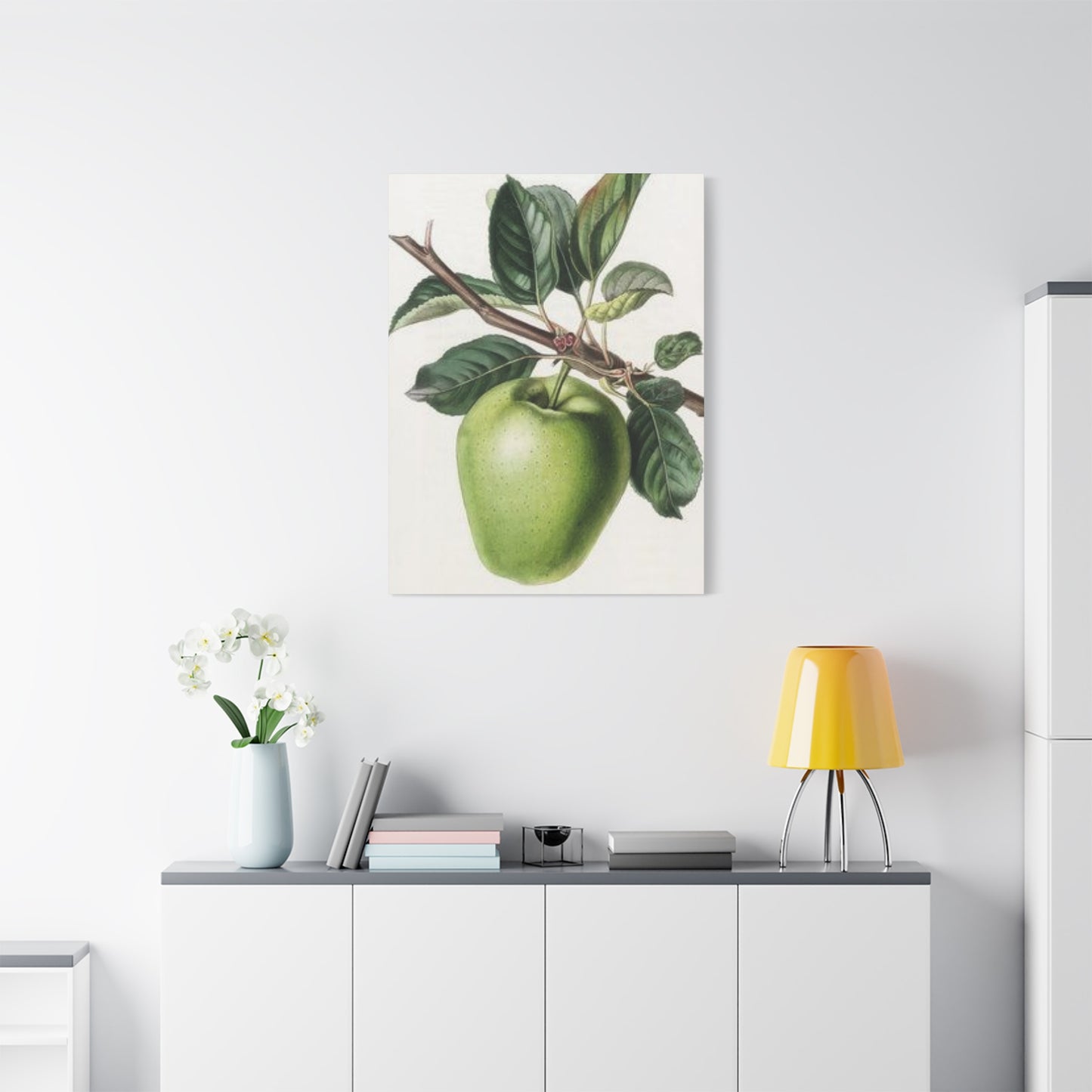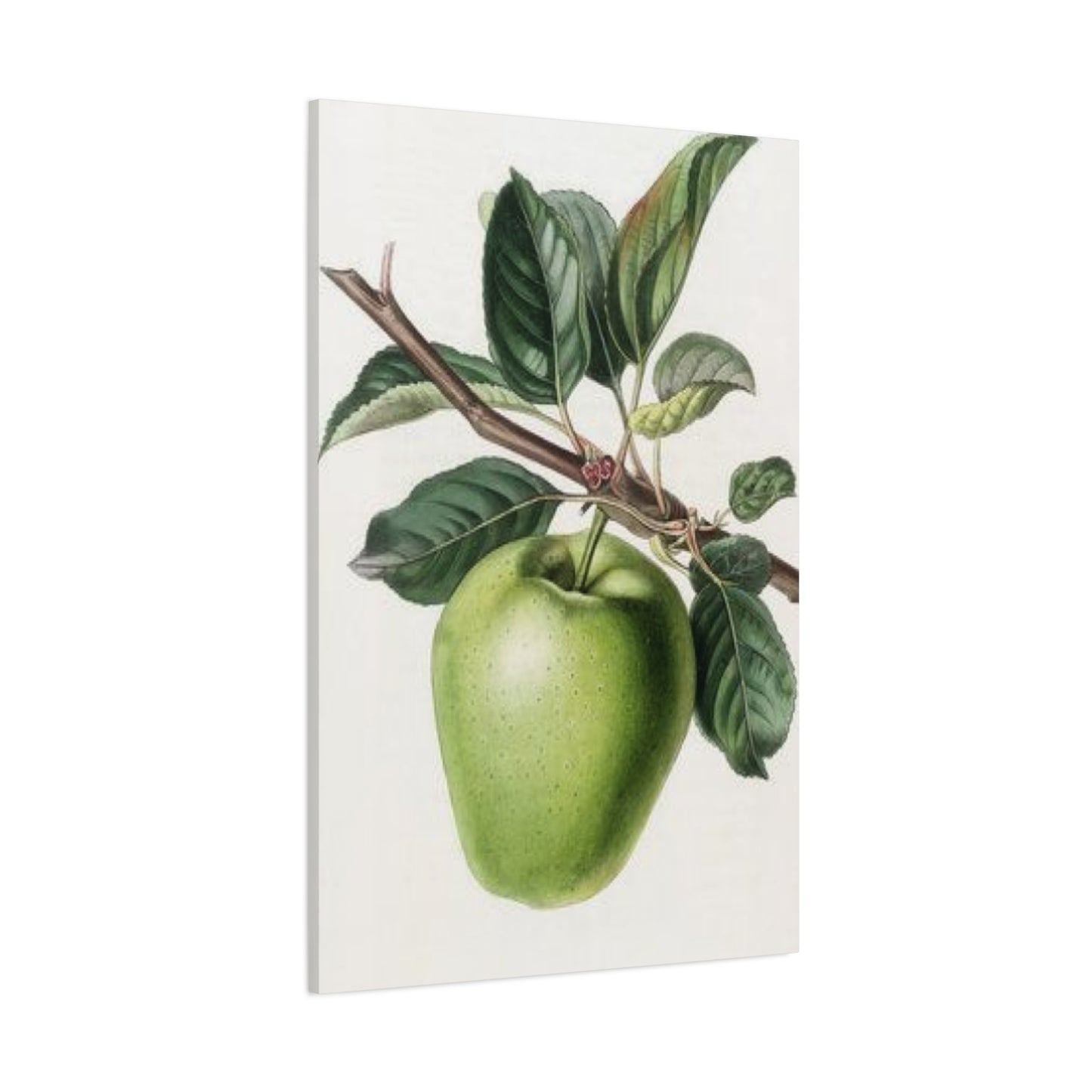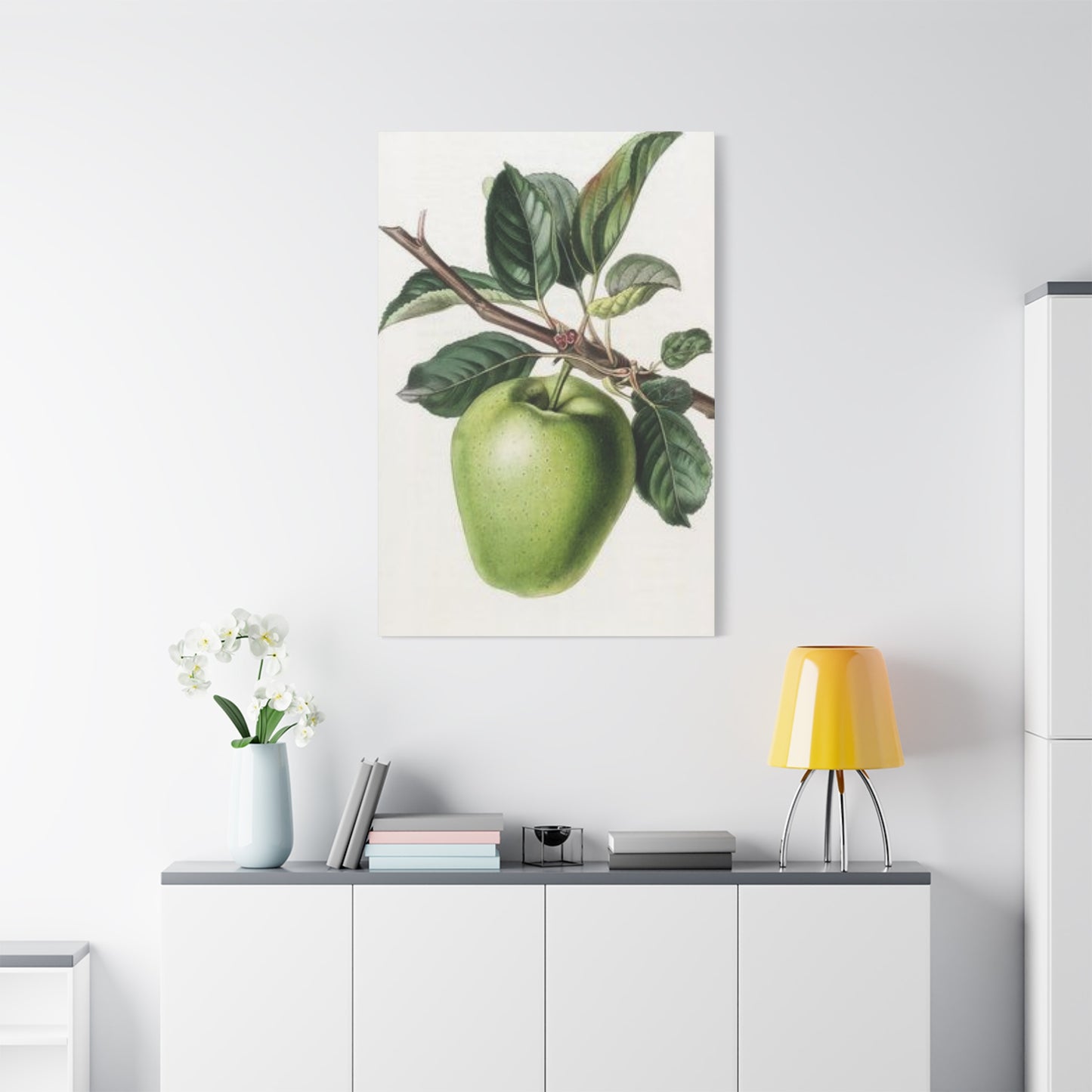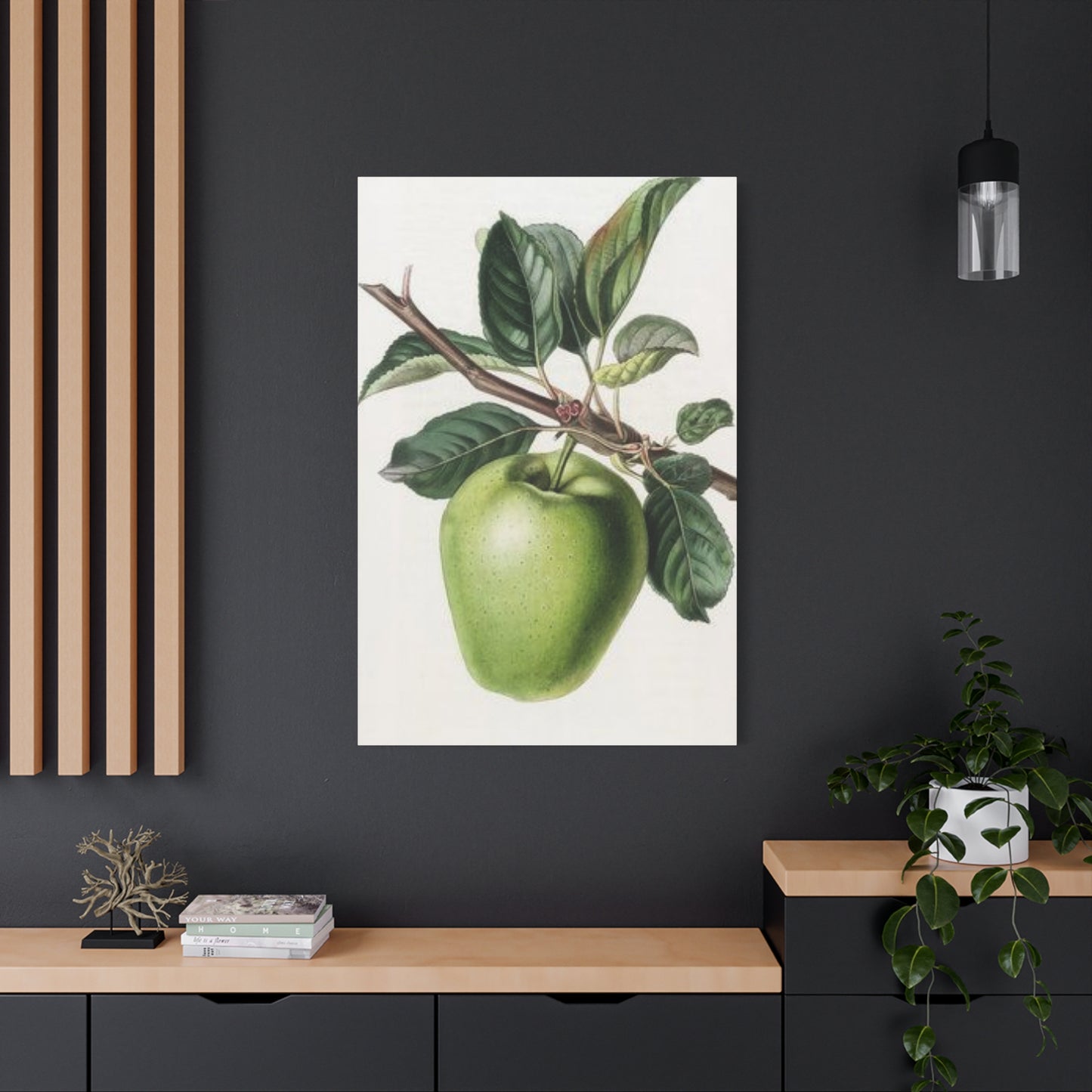Enchanting Pear Wall Art: Creative Ideas for Every Room and Style
The world of fruit-themed artwork has experienced a remarkable renaissance in recent years, with pear motifs emerging as particularly captivating choices for homeowners and decorators alike. These elegant fruits, with their distinctive silhouettes and warm color palettes, offer an exceptional opportunity to infuse rooms with natural beauty while maintaining sophistication and charm. From contemporary minimalist approaches to traditional farmhouse aesthetics, pear-themed artwork provides versatility that few other subjects can match.
The appeal of pear imagery extends far beyond simple decoration. These graceful fruits symbolize abundance, prosperity, and natural harmony, making them ideal focal points for creating welcoming environments. Whether displayed as standalone pieces or incorporated into larger artistic arrangements, pear artwork brings a sense of organic elegance that complements various decorating schemes while adding visual interest and warmth to any setting.
Contemporary artists and traditional craftspeople alike have embraced the pear as a subject worthy of artistic interpretation, resulting in an extensive array of styles, mediums, and approaches available to today's art enthusiasts. From photorealistic renderings that celebrate the fruit's natural beauty to abstract interpretations that capture its essence through bold colors and simplified forms, the options are virtually limitless for those seeking to incorporate these charming motifs into their living environments.
Fresh and Fruity Pear Artwork Concepts
The concept of fresh and fruity pear artwork encompasses a broad spectrum of artistic approaches that celebrate the natural beauty and inherent appeal of these beloved fruits. Artists working in this genre often focus on capturing the essence of freshness through careful attention to color, texture, and composition, creating pieces that seem to emanate the very spirit of a sun-ripened orchard.
When considering fresh and fruity pear artwork, many creators emphasize the importance of color accuracy and vibrancy. The subtle gradations from green to yellow to russet that characterize ripe pears provide artists with a rich palette to explore, offering opportunities to create pieces that feel alive and inviting. These color transitions serve as natural guides for compositional flow, leading the viewer's eye through the artwork while maintaining visual coherence.
Contemporary interpretations of fresh pear themes often incorporate unexpected elements to enhance their appeal. Some artists include dewdrops or water splashes to suggest morning freshness, while others might add complementary fruits or foliage to create more complex compositions. These additions serve to reinforce the fresh, natural theme while providing additional visual interest and depth.
The psychological impact of fresh fruit imagery cannot be underestimated in home decoration. Research has shown that artwork depicting fresh, healthy foods can positively influence mood and even dietary choices, making pear-themed pieces particularly valuable for kitchen and dining areas. The association with nutrition and wellness adds an extra layer of meaning to these decorative choices.
Lighting plays a crucial role in displaying fresh and fruity pear artwork effectively. Natural light enhances the warm tones typically found in pear imagery, while artificial lighting can be adjusted to create different moods throughout the day. Proper illumination ensures that the fresh, vibrant qualities of the artwork remain prominent and engaging.
The versatility of fresh pear themes allows for seamless integration with seasonal decorating schemes. Spring displays might emphasize new growth and blossoming, summer arrangements could focus on peak ripeness and abundance, autumn presentations might celebrate harvest themes, and winter displays could offer warmth and comfort through rich, golden tones.
Minimalist Pear Canvas Displays
The minimalist approach to pear canvas displays represents a sophisticated artistic philosophy that emphasizes simplicity, clean lines, and essential forms. This aesthetic movement, which has gained tremendous popularity in contemporary home decoration, finds perfect expression through the elegant silhouette and natural grace of pear imagery.
Minimalist pear artwork typically employs a reduced color palette, often focusing on monochromatic or near-monochromatic schemes that allow the form itself to become the primary visual element. These pieces might feature a single pear rendered in subtle tones against a neutral background, creating a sense of calm and sophistication that complements modern decorating sensibilities.
The power of negative or white surroundings in minimalist pear displays cannot be overstated. This technique allows the fruit's form to breathe and become more prominent, creating a meditative quality that many find appealing in today's busy world. The simplicity of these compositions makes them ideal for environments where tranquility and focus are priorities.
Contemporary minimalist artists often experiment with different techniques to achieve their desired effects. Some employ watercolor washes that create soft, ethereal impressions of pear forms, while others might use precise line drawings that capture the essential geometry of the fruit. Digital artists in this genre frequently explore gradient effects and subtle color transitions that maintain the minimalist aesthetic while adding depth and interest.
The framing and presentation of minimalist pear artwork requires careful consideration to maintain the aesthetic integrity of the pieces. Clean, simple frames in neutral tones typically work best, avoiding ornate details that might compete with the artwork's essential simplicity. The goal is to create a seamless integration between the artwork and its display environment.
Scale considerations are particularly important in minimalist pear displays. Large canvases can create dramatic focal points while maintaining the simplicity of the composition, while smaller pieces might be grouped in carefully planned arrangements that respect the minimalist philosophy. The key is to achieve balance without overwhelming the viewer with too many elements.
Pears Featured in Still Life Compositions
The tradition of including pears in still life compositions stretches back centuries, with master artists throughout history recognizing the fruit's exceptional visual qualities and symbolic significance. These timeless arrangements continue to captivate contemporary audiences, offering a bridge between classical artistic traditions and modern decorative sensibilities.
Historical still life paintings featuring pears often employed the fruit as symbols of mortality, abundance, or feminine beauty, depending on the cultural context and artistic period. Dutch Golden Age painters, in particular, mastered the art of rendering pears with such precision that viewers could almost taste their ripeness. These historical precedents provide rich inspiration for contemporary artists working in the still life tradition.
Modern still life compositions featuring pears often incorporate contemporary objects and settings while maintaining the essential characteristics that make this genre so appealing. Artists might pair traditional pear subjects with modern vessels, contemporary fabrics, or unexpected geometric elements to create pieces that speak to current aesthetic preferences while honoring classical traditions.
The technical challenges of painting pears in still life arrangements provide artists with opportunities to demonstrate their mastery of light, shadow, and texture. The fruit's complex surface, which can range from smooth to slightly textured, requires careful observation and skilled technique to render convincingly. The interplay of highlights and shadows across a pear's curved surface creates natural drama that enhances the overall composition.
Composition principles in pear still life arrangements often follow classical guidelines while allowing for creative interpretation. The rule of thirds, diagonal arrangements, and careful color balance all play important roles in creating successful pieces. However, contemporary artists frequently experiment with these established principles to create fresh, engaging interpretations of traditional themes.
The selection of accompanying elements in pear still life compositions significantly impacts the overall mood and message of the piece. Antique books might suggest intellectual pursuits, elegant glassware could imply sophistication and celebration, while simple wooden bowls might evoke rustic simplicity and connection to nature. These choices allow artists and viewers to create narratives that extend beyond the immediate visual impact of the artwork.
Incorporating Pear Artwork in Kitchen Environments
Kitchen environments present unique opportunities and challenges for incorporating pear artwork, as these functional areas require decorative elements that can withstand the practical demands of cooking while enhancing the room's aesthetic appeal. The natural connection between pears and culinary activities makes these motifs particularly appropriate for kitchen decoration.
The placement of pear artwork in kitchen settings requires careful consideration of practical factors such as moisture, heat, and cleaning requirements. Areas near stoves or sinks may not be suitable for certain types of artwork, while zones above countertops or in breakfast nooks often provide ideal display opportunities. Protective glazing and appropriate framing can help ensure that artwork remains beautiful and undamaged despite kitchen conditions.
Color coordination between pear artwork and kitchen design elements creates cohesive environments that feel intentionally planned rather than randomly assembled. The warm yellows and greens typically found in pear imagery complement a wide range of kitchen color schemes, from neutral whites and creams to bold accent colors. This versatility makes pear artwork particularly valuable for kitchen decoration.
The scale of pear artwork in kitchen settings should be proportionate to the surrounding elements and available wall areas. Large statement pieces can serve as focal points in spacious kitchens, while smaller works might be more appropriate for compact galley or apartment kitchens. Groupings of related pieces can create gallery walls that add visual interest without overwhelming the functional aspects of the room.
Backsplash areas present unique opportunities for incorporating pear motifs through various artistic approaches. Custom tiles, printed panels, or painted murals can all feature pear themes while serving the practical function of protecting walls from cooking splashes. These applications allow for seamless integration of artistic elements into the kitchen's functional framework.
The psychological benefits of pear artwork in kitchen environments include promoting positive associations with healthy eating and natural foods. Research suggests that visual cues related to fresh fruits and vegetables can influence food choices and eating behaviors, making pear artwork both decorative and potentially beneficial for family health and wellness.
Vibrant Color Schemes in Pear Artwork
The exploration of vibrant color schemes in pear artwork opens up exciting possibilities for creating dynamic, energetic pieces that can transform any environment. While pears in nature typically display subtle, muted tones, artistic interpretation allows for bold color choices that maintain the essential character of the fruit while adding contemporary flair and visual impact.
Complementary color relationships offer particularly striking opportunities in pear artwork. The natural yellow-green tones of pears create beautiful contrasts with purple and magenta backgrounds, while orange and red accents can add warmth and energy to compositions. These color interactions create visual tension that keeps viewers engaged and adds sophistication to the overall piece.
Analogous color schemes, which use colors adjacent to each other on the color wheel, can create harmonious compositions that feel cohesive and peaceful. Artists might explore various shades of green, yellow, and orange to create pieces that celebrate the natural color progression found in ripening pears while pushing the boundaries of realistic representation.
The psychological impact of vibrant colors in pear artwork cannot be ignored when considering these pieces for home decoration. Bright, energetic colors can stimulate conversation and create focal points that energize rooms, while more saturated versions of traditional pear colors might provide warmth and comfort without overwhelming other decorative elements.
Contemporary digital techniques allow artists to explore color possibilities that would be difficult or impossible to achieve with traditional media. Gradient effects, color overlays, and selective saturation can all be employed to create vibrant pear artwork that pushes the boundaries of traditional fruit representation while maintaining recognizable forms and appeal.
The cultural associations of different colors add layers of meaning to vibrant pear artwork. While Western cultures might associate red with passion or energy, Eastern traditions might view the same color as symbolic of good fortune and prosperity. These cultural dimensions can inform both artistic creation and decorative placement decisions.
Rustic Pear Artwork for Farmhouse Aesthetics
The farmhouse aesthetic has experienced tremendous popularity in recent years, and rustic pear artwork serves as an ideal decorative element for achieving this coveted look. The natural connection between pears and agricultural themes, combined with the fruit's historical significance in American farm culture, makes these motifs particularly authentic choices for farmhouse-inspired decorating schemes.
Traditional techniques often employed in rustic pear artwork include distressed finishes, weathered frames, and muted color palettes that suggest age and authenticity. Artists working in this style might use techniques such as dry brushing, color washing, or deliberate distressing to create pieces that appear to have aged naturally over time. These approaches help integrate new artwork seamlessly into farmhouse environments that emphasize history and tradition.
The selection of appropriate materials and substrates plays a crucial role in achieving authentic rustic appearances. Reclaimed wood panels, vintage-style canvases, and even metal surfaces can all serve as foundations for rustic pear artwork. These unconventional surfaces add texture and visual interest while reinforcing the handcrafted, authentic feel that defines successful farmhouse decoration.
Typography and text elements frequently appear in rustic pear artwork, often featuring farm-related sayings, seasonal greetings, or family mottos. Hand-lettered text, vintage-style fonts, and deliberately imperfect lettering all contribute to the authentic, homemade feel that characterizes successful farmhouse decorating. These elements transform simple pear imagery into more complex, narrative-rich pieces.
The integration of additional agricultural elements can enhance the farmhouse appeal of pear artwork. Vintage farming tools, barn motifs, weathervanes, or other rural imagery might be incorporated into compositions alongside pear subjects. These additions help create cohesive decorative schemes that tell stories about rural life and agricultural traditions.
Grouping and arrangement strategies for rustic pear artwork often emphasize asymmetry and natural-looking compositions rather than formal, balanced displays. Pieces might be hung at slightly different heights, mixed with other farm-themed artwork, or displayed alongside authentic antiques to create environments that feel organic and lived-in rather than professionally designed.
Abstract Pear Forms in Contemporary Art
The translation of recognizable pear forms into abstract artistic expressions represents an exciting frontier in contemporary art, offering artists opportunities to explore essential shapes, colors, and concepts while maintaining connection to familiar natural subjects. This approach allows for creative freedom while providing viewers with anchor points for understanding and appreciation.
Geometric abstraction of pear forms often focuses on reducing the fruit's silhouette to its most essential elements. Curved lines suggesting the pear's distinctive shape might be rendered in bold colors against contrasting backgrounds, creating compositions that capture the essence of the fruit while exploring abstract artistic principles. These pieces can serve as bridges between representational and non-representational art.
Color field techniques applied to pear imagery can create emotionally powerful pieces that suggest fruit themes without explicit representation. Large areas of yellow, green, or golden tones might evoke pear associations while functioning primarily as abstract color studies. These approaches allow viewers to project their own interpretations onto the artwork while maintaining subtle connections to natural themes.
Expressionistic approaches to pear abstraction often emphasize emotional content over literal representation. Artists might use bold brushstrokes, exaggerated colors, or distorted forms to convey feelings or concepts associated with pears rather than focusing on realistic depiction. These pieces can add dynamic energy to decorative schemes while maintaining sophisticated artistic content.
Mixed media techniques provide additional opportunities for abstract pear artwork creation. Collage elements, textural additives, and unconventional materials can all be incorporated to create pieces that challenge traditional boundaries while exploring pear-related themes. These approaches often result in unique, one-of-a-kind pieces that serve as conversation starters and focal points.
The conceptual content of abstract pear artwork often extends beyond simple decoration to explore themes of growth, nourishment, abundance, or natural cycles. These deeper meanings can add intellectual satisfaction to the visual appeal of the pieces, creating artwork that rewards contemplation and continued viewing over time.
Pear Illustrations for Dining Room Settings
Dining room environments present particular opportunities for pear artwork, as these gathering locations benefit from imagery that enhances the social and culinary aspects of shared meals. The natural association between pears and food makes these motifs particularly appropriate for dining room decoration, while the fruit's elegant form adds sophistication to formal and informal eating areas alike.
The scale considerations for dining room pear artwork often differ from those appropriate for other home areas. Dining rooms typically feature larger wall surfaces and higher ceilings, allowing for substantial artwork that can serve as dramatic focal points during meals and entertaining. Large canvas pieces or multi-panel installations can create impressive displays that enhance the importance and formality of dining experiences.
Lighting interactions become particularly important in dining room settings, where artwork must look appealing under various conditions ranging from bright daylight to intimate candlelit dinners. Pear artwork with warm color palettes can enhance the cozy atmosphere created by dimmed lighting, while pieces with sufficient contrast maintain their visual impact under brighter conditions.
The relationship between pear artwork and dining room furniture requires careful consideration to achieve balanced, cohesive environments. Traditional wooden dining sets might pair beautifully with rustic or classical pear artwork, while contemporary furniture could be enhanced by more abstract or minimalist interpretations. The key is creating harmony between all elements rather than competition for visual attention.
Seasonal considerations play important roles in dining room pear artwork selection and display. Pieces that celebrate autumn harvest themes might be particularly appropriate for homes where seasonal decorating is practiced, while more timeless interpretations could serve as year-round focal points. The ability to rotate artwork seasonally adds flexibility to dining room decorating schemes.
The cultural and social significance of shared meals can be enhanced through thoughtful pear artwork selection. Pieces that celebrate abundance, hospitality, or family traditions might be particularly meaningful in dining room contexts, while artwork that simply provides visual beauty can contribute to pleasant, relaxed dining atmospheres.
Combining Pears with Floral Elements
The artistic combination of pear motifs with floral elements creates rich, complex compositions that celebrate multiple aspects of natural beauty while providing opportunities for sophisticated color and design exploration. These combinations draw upon long traditions in both botanical art and decorative arts while offering contemporary artists exciting creative possibilities.
Historical precedents for pear and floral combinations can be found in various artistic traditions, from Dutch Golden Age paintings to Victorian decorative arts. These historical examples provide inspiration for contemporary artists while demonstrating the enduring appeal of combining fruit and flower motifs in artistic compositions.
Color harmony becomes particularly important when combining pears with floral elements, as the various colors present in flowers must work cohesively with the typically warm tones of pear imagery. Successful combinations often employ either complementary relationships that create dynamic contrast or analogous schemes that provide gentle harmony throughout the composition.
Seasonal considerations offer natural frameworks for pear and floral combinations. Spring artwork might feature pear blossoms alongside the fruit, summer pieces could incorporate vibrant blooming flowers, autumn compositions might celebrate harvest themes with late-season flowers, and winter displays could focus on dried flowers or evergreen elements alongside preserved pear imagery.
The symbolic meanings associated with different flowers can add layers of significance to pear and floral artwork. Roses might suggest romance and beauty, sunflowers could imply happiness and abundance, while violets might add notes of modesty and faithfulness. These symbolic combinations allow artwork to convey complex messages and emotional content.
Contemporary approaches to pear and floral combinations often experiment with unexpected juxtapositions and artistic techniques. Digital manipulation, mixed media approaches, and abstract interpretations all provide opportunities for creating fresh takes on traditional themes while maintaining the essential appeal of natural subject matter.
Vintage Pear Poster Concepts
The vintage poster aesthetic has experienced remarkable revival in contemporary decorating, and pear-themed vintage posters offer particularly charming options for those seeking to capture nostalgic appeal while incorporating fruit motifs into their decorative schemes. These designs typically draw upon advertising, agricultural, and educational poster traditions from earlier eras.
Authentic vintage advertising posters featuring pears often employed bold typography, simplified illustrations, and persuasive messaging designed to promote fruit consumption or specific varieties. Contemporary reproductions and interpretations of these designs can add character and historical interest to modern decorating schemes while celebrating the graphic design traditions of earlier periods.
Agricultural fair and market posters provide another rich source of inspiration for vintage pear poster designs. These promotional materials typically featured idealized fruit illustrations alongside information about varieties, growing regions, or seasonal availability. The combination of informational content with decorative imagery creates pieces that serve both educational and aesthetic functions.
Color palettes in vintage pear poster designs often reflect the printing technologies and aesthetic preferences of their original periods. Warm, muted tones created by letterpress printing techniques, limited color separations, and aged paper effects all contribute to authentic vintage appearances that complement period decorating schemes.
Typography plays a crucial role in successful vintage pear poster designs, with period-appropriate fonts and lettering styles helping to establish authentic historical contexts. Hand-lettered elements, serif fonts popular in specific eras, and decorative flourishes all contribute to convincing vintage aesthetics.
The educational content traditionally found in vintage fruit posters can be adapted for contemporary use while maintaining historical appeal. Information about pear varieties, nutritional content, or seasonal availability can be presented in vintage-style formats that provide both decorative and informational value for modern households.
Pear Artwork for Wellness and Lifestyle Inspiration
The growing focus on health, wellness, and mindful living has created opportunities for pear artwork to serve inspirational as well as decorative functions. The natural association between pears and nutrition, combined with the fruit's symbolism of abundance and natural living, makes these motifs particularly appropriate for spaces dedicated to healthy lifestyle pursuits.
Exercise and fitness areas can benefit from pear artwork that reinforces positive associations with healthy eating and natural nutrition. The visual reminder of fresh, wholesome foods can support motivation and commitment to wellness goals while adding natural beauty to workout environments. The organic shapes and warm colors of pear imagery can also provide visual respite from the mechanical appearance of exercise equipment.
Kitchen and dining areas focused on healthy eating can be enhanced through pear artwork that celebrates fresh, natural foods. Research suggests that visual cues related to fruits and vegetables can positively influence food choices, making pear artwork both decorative and potentially beneficial for family health and nutrition goals.
Meditation and relaxation areas can incorporate pear artwork that emphasizes the calming, natural qualities of fruit imagery. Soft, peaceful interpretations of pear themes can contribute to environments designed for stress reduction and mindfulness practice while maintaining visual interest and natural beauty.
Home office and study areas might benefit from pear artwork that suggests abundance, growth, and natural wisdom. The symbolism associated with fruit imagery can provide subtle motivation and positive reinforcement for intellectual and creative pursuits while adding warmth and organic beauty to work environments.
The integration of inspirational text with pear imagery can create pieces that serve both decorative and motivational functions. Quotes about health, nutrition, natural living, or personal growth can be combined with pear artwork to create pieces that support wellness goals while enhancing room aesthetics.
Watercolor Pear Canvas Techniques
Watercolor techniques applied to pear artwork creation offer unique opportunities for capturing the delicate, translucent qualities that make these fruits so visually appealing. The medium's natural characteristics align beautifully with pear imagery, allowing artists to create pieces that seem to glow with inner light and natural vitality.
Wet-on-wet techniques can create beautiful background effects in pear watercolor artwork, allowing colors to blend and flow naturally while suggesting atmospheric conditions or emotional moods. This approach works particularly well for creating soft, dreamy interpretations of pear subjects that emphasize feeling and impression over precise detail.
Layering techniques in watercolor pear artwork allow for the gradual building of color intensity and depth while maintaining the medium's characteristic transparency. Multiple thin layers can create rich, complex color relationships that capture the subtle variations found in real pear surfaces while adding artistic interpretation and visual interest.
The natural unpredictability of watercolor behavior can be embraced as a creative element in pear artwork, allowing for happy accidents and unexpected effects that add spontaneity and energy to finished pieces. This organic quality aligns well with the natural subject matter while creating unique, unrepeatable artistic results.
Color mixing strategies specific to pear imagery often focus on achieving the warm, inviting tones characteristic of ripe fruit. Understanding how to mix convincing yellows, greens, and russet tones while maintaining harmony throughout the composition requires both technical skill and artistic sensitivity.
The selection of appropriate paper surfaces plays a crucial role in successful watercolor pear artwork. Different paper textures and weights affect how colors flow and blend, with rough papers creating more textured effects and smooth papers allowing for precise detail work. The choice of paper becomes part of the artistic decision-making process.
Pears and Natural Botanical Art
Botanical art traditions provide rich frameworks for creating pear artwork that emphasizes scientific accuracy while maintaining artistic appeal. This approach combines careful observation and technical precision with aesthetic sensibility, resulting in pieces that serve both educational and decorative functions.
Historical botanical illustration techniques often employed precise line work, careful shading, and accurate color representation to document plant species for scientific purposes. Contemporary pear artwork drawing upon these traditions can achieve similar precision while adapting the aesthetic for modern decorative use and artistic expression.
The inclusion of botanical details such as leaves, blossoms, and growth patterns can add scientific interest and visual complexity to pear artwork. These elements provide opportunities for exploring different textures, colors, and compositional arrangements while maintaining focus on the primary fruit subject.
Seasonal progression themes work particularly well in botanical-style pear artwork, showing the fruit at different stages of development from blossom to mature fruit. These educational elements can create narrative interest while demonstrating the natural cycles that many people find meaningful and inspiring.
The integration of Latin names, variety information, and growing details can add educational value to botanical-style pear artwork while maintaining aesthetic appeal. This informational content can be presented in ways that enhance rather than detract from the artistic qualities of the pieces.
Contemporary interpretations of botanical art traditions often incorporate modern techniques and materials while maintaining the essential characteristics of careful observation and accurate representation. Digital tools, mixed media approaches, and contemporary color palettes can all be employed to create fresh takes on traditional botanical themes.
Pear Artwork as Gift Concepts
Pear-themed artwork offers exceptional opportunities for meaningful gift-giving, combining universal appeal with symbolic significance that can convey thoughtful messages to recipients. The natural associations with abundance, prosperity, and healthy living make pear artwork appropriate for various gift-giving occasions and relationships.
Housewarming gifts featuring pear artwork can symbolize wishes for abundance and prosperity in new homes while providing practical decorative value. The timeless appeal of fruit imagery ensures that such gifts will remain relevant and appreciated over time, while the specific choice of pear motifs adds personal thoughtfulness to the selection.
Wedding and anniversary gifts incorporating pear themes can draw upon the fruit's symbolic associations with fertility, abundance, and sweet relationships. Custom artwork featuring the couple's initials integrated with pear imagery, or pieces celebrating harvest and abundance themes, can create meaningful commemorative gifts that mark important relationship milestones.
Birthday gifts featuring pear artwork can be selected to match recipients' decorating preferences while conveying wishes for health, prosperity, and natural beauty in their lives. The versatility of pear imagery allows for choices ranging from elegant and sophisticated to playful and whimsical, depending on the recipient's personality and preferences.
Holiday gifts featuring seasonal pear themes can celebrate specific times of year while providing lasting decorative value beyond the immediate holiday period. Autumn harvest themes, spring blossom celebrations, or winter preservation concepts can all provide frameworks for holiday-appropriate pear artwork gifts.
The personalization opportunities available with pear artwork gifts include custom framing, size selection, and even commissioned pieces created specifically for individual recipients. These personal touches can transform relatively simple gifts into treasured mementos that demonstrate thoughtfulness and care in the selection process.
Framing Techniques for Pear Canvas Artwork
The selection and application of appropriate framing techniques can dramatically impact the visual appeal and longevity of pear canvas artwork. Professional framing considerations include both aesthetic and preservation factors that ensure artwork remains beautiful and protected over time while enhancing its integration into decorative schemes.
Traditional framing approaches often employ wooden frames in natural finishes that complement the organic themes present in pear artwork. Oak, maple, cherry, and other hardwood frames can reinforce the natural associations of fruit imagery while providing substantial, durable protection for valuable artwork pieces.
Contemporary framing options include metal frames, floating mountings, and minimalist approaches that allow artwork to take precedence over framing elements. These modern techniques can be particularly appropriate for abstract or contemporary interpretations of pear themes while providing clean, uncluttered presentations.
Matting considerations for pear artwork often focus on colors and textures that enhance rather than compete with the fruit imagery. Neutral tones typically work well, while subtle textures can add visual interest without overwhelming the primary artwork. The width and proportions of matting elements also require careful consideration to achieve balanced presentations.
Conservation framing techniques become important for valuable or meaningful pear artwork pieces, incorporating acid-free materials, UV-protective glazing, and proper mounting methods that prevent damage over time. These preservation measures ensure that artwork remains beautiful and intact for future enjoyment and potential inheritance.
The integration of framed pear artwork into room decorating schemes requires consideration of surrounding colors, furniture styles, and lighting conditions. Frame selection can help tie artwork into existing decorative elements while maintaining appropriate prominence and visual impact within the overall room design.
Bold Versus Subtle Color Approaches
The choice between bold and subtle color approaches in pear artwork creation significantly impacts the final aesthetic result and determines the most appropriate decorative applications for finished pieces. Understanding the implications of these different approaches helps both artists and collectors make informed decisions about artwork selection and placement.
Bold color approaches in pear artwork often employ saturated, vibrant hues that command attention and create strong focal points within decorative schemes. These pieces work particularly well in contemporary settings where dramatic impact is desired, or in rooms with neutral backgrounds that can support intense color statements without creating visual chaos.
The psychological impact of bold colors in pear artwork includes increased energy, enhanced mood stimulation, and stronger emotional responses from viewers. These effects can be particularly desirable in social areas such as dining rooms or entertainment spaces where lively atmospheres are preferred over quiet contemplation.
Subtle color approaches typically employ muted, harmonious tones that integrate more easily into existing decorative schemes while providing gentle visual interest. These pieces often work well in bedrooms, studies, or other areas where peaceful, non-distracting ambiances are preferred over dynamic visual excitement.
The technical challenges associated with bold versus subtle color approaches differ significantly, with bold approaches requiring careful color balancing to avoid overwhelming compositions, while subtle approaches demand sophisticated color relationships to maintain visual interest despite reduced intensity levels.
Market considerations for bold versus subtle pear artwork often reflect broader decorating trends and cultural preferences. Bold pieces might appeal to younger demographics or contemporary decorating enthusiasts, while subtle approaches could attract traditional decorators or those seeking timeless aesthetic appeal.
The versatility of color approaches in pear artwork allows artists to create pieces suitable for various markets and applications while maintaining consistent quality and artistic vision. This flexibility makes pear themes particularly valuable for artists seeking broad commercial appeal.
Mixing Pear Artwork with Other Fruit Themes
The combination of pear artwork with other fruit motifs creates opportunities for rich, abundant compositions that celebrate the diversity and beauty of natural produce while providing greater decorative flexibility and visual interest than single-fruit approaches might achieve.
Complementary fruit combinations often work well with pear imagery, with apples providing classic pairings that draw upon traditional still life conventions. The similar shapes but different colors and textures of these fruits create natural harmony while offering sufficient contrast to maintain visual interest and compositional balance.
Citrus fruits can provide vibrant color contrasts when combined with pear artwork, with oranges, lemons, and limes offering bright, energetic colors that complement the warmer, more muted tones typically associated with pear imagery. These combinations can create lively, stimulating compositions suitable for kitchens and casual dining areas.
Berry themes combined with pear artwork can create rich, luxurious compositions that suggest abundance and natural bounty. Strawberries, grapes, and other small fruits provide textural contrast while maintaining thematic consistency with the overall fruit celebration approach.
Exotic fruit combinations with pear artwork can create unexpected, conversation-starting compositions that demonstrate global awareness and adventurous aesthetic sensibilities. Tropical fruits, Mediterranean specialties, or Asian varieties can all provide interesting contrasts while maintaining the natural food theme.
The seasonal coordination of mixed fruit artwork allows for rotating displays that celebrate different times of year while maintaining consistent decorative frameworks. Spring might emphasize fresh, light fruits, summer could feature peak season abundance, autumn might celebrate harvest themes, and winter could focus on preserved or stored fruit imagery.
Pear Artwork in Commercial Food Establishments
Commercial food service establishments present unique opportunities and challenges for incorporating pear artwork, as these environments must balance aesthetic appeal with practical considerations including durability, maintenance requirements, and customer psychology. The natural association between pears and fresh, quality food makes these motifs particularly appropriate for restaurants, cafes, and food retail environments.
Restaurant applications for pear artwork often focus on creating welcoming atmospheres that suggest fresh, natural ingredients and quality food preparation. The warm colors and organic forms of pear imagery can help establish inviting environments that encourage customers to linger and enjoy their dining experiences while reinforcing positive associations with natural, wholesome food.
Cafe environments can benefit from pear artwork that creates cozy, intimate atmospheres while maintaining sophisticated appeal. Smaller-scale pieces might be more appropriate for compact cafe settings, while larger establishments could accommodate substantial artwork that serves as focal points and conversation starters for customers.
The durability requirements for artwork in commercial food establishments often exceed those found in residential applications, as pieces must withstand higher humidity levels, frequent cleaning, and constant exposure to food-related activities. Appropriate materials, protective finishes, and professional installation become crucial factors in successful commercial applications.
Color psychology considerations in commercial food environments often favor warm, appetizing colors that encourage food consumption and positive dining experiences. The natural warm tones found in pear imagery align well with these psychological preferences while providing visual interest and decorative appeal.
The maintenance requirements for artwork in commercial food establishments must be considered during selection and installation processes. Easy-to-clean surfaces, resistance to grease and moisture, and accessibility for regular maintenance all become important factors in ensuring long-term success and visual appeal.
Seasonal Decorating with Pear Themes
The integration of pear artwork into seasonal decorating schemes provides opportunities for creating dynamic, changing environments that celebrate different times of year while maintaining consistent themes and aesthetic coherence. The natural associations between pears and autumn harvest seasons make these motifs particularly appropriate for fall decorating, while creative approaches can extend their appeal throughout the year.
Autumn seasonal displays featuring pear artwork naturally align with harvest themes, warm colors, and abundance celebrations that characterize traditional fall decorating. The golden and russet tones found in pear imagery complement autumn leaves, pumpkins, and other seasonal elements while providing sophisticated alternatives to more common fall motifs.
Winter seasonal applications for pear artwork might focus on preserved fruit themes, warm color palettes that provide visual comfort during cold months, or vintage preservation and canning imagery that suggests preparedness and home comfort. These approaches allow pear themes to remain relevant and appealing even during seasons when fresh fruit might not be readily available.
Spring seasonal displays could incorporate pear blossom themes, fresh growth concepts, or renewal and regeneration imagery that celebrates the return of growing seasons. These applications extend the versatility of pear motifs while maintaining connection to natural cycles and seasonal celebrations.
Summer seasonal approaches might emphasize fresh fruit themes, outdoor dining celebrations, or abundance and prosperity concepts that align with peak growing seasons. The versatility of pear imagery allows for these varied seasonal applications while maintaining consistent aesthetic quality and appeal.
The storage and rotation of seasonal pear artwork requires planning and organization to ensure pieces remain in good condition when not displayed. Proper storage techniques, careful handling procedures, and systematic rotation schedules all contribute to successful seasonal decorating programs that maintain artwork quality over time.
Conclusion
Enchanting pear wall art offers a refreshing and versatile way to infuse any space with natural beauty, symbolism, and creative charm. Pears, with their elegant shapes and subtle colors, serve as inspiring subjects for artists across styles—from realistic botanical illustrations to abstract, modern compositions. This unique form of wall art strikes a perfect balance between simplicity and sophistication, making it a wonderful addition to a variety of interior designs and rooms.
One of the greatest appeals of pear wall art lies in its timeless symbolism. Pears often represent abundance, nourishment, and harmony—concepts that resonate well in spaces meant for gathering, relaxing, or rejuvenating. Whether displayed in a kitchen, dining room, living room, or even a bedroom, pear-themed artwork brings a sense of warmth and groundedness. The gentle curves and organic forms invite viewers to slow down and appreciate the quiet elegance found in nature’s everyday gifts.
Moreover, the versatility of pear wall art allows it to complement a broad range of décor styles. In rustic or farmhouse-inspired interiors, detailed and vintage-style pear prints add nostalgic charm and a touch of countryside warmth. In minimalist or modern settings, abstract pear designs or sleek line art introduce subtle pops of color and form without overwhelming the space. Meanwhile, vibrant watercolor or mixed-media pear artworks can become statement pieces in eclectic or bohemian rooms, adding layers of texture and visual interest.
Beyond aesthetics, pear wall art inspires creativity by encouraging a fresh perspective on familiar subjects. Artists experiment with different media, colors, and techniques—whether through delicate pencil sketches, bold oil paintings, or digital art—offering endless possibilities to personalize your environment. This adaptability ensures that pear art never feels static or limited but remains a lively and evolving source of inspiration.
In addition, incorporating pear wall art into your décor offers an opportunity to connect with nature indoors. In today’s fast-paced world, such natural motifs remind us to find balance and beauty in simplicity. They evoke feelings of comfort, wellness, and positivity, making them ideal for spaces where you want to nurture calmness and inspiration.
In conclusion, enchanting pear wall art is much more than a decorative choice—it is a celebration of nature’s grace and artistic imagination. Its versatility, symbolism, and aesthetic appeal make it a perfect fit for every room and style, from classic to contemporary. By inviting pear-themed artwork into your home or workspace, you create an environment that feels both elegant and welcoming, inspiring creativity and serenity at every glance.

















